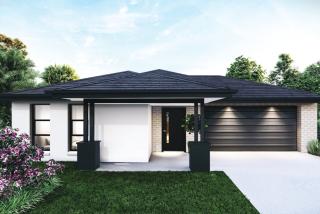Co-Living: The Future of Australian Housing
In the past decade, Australian cities have witnessed immense growth, both in terms of economy and population.
With rising property prices and the increasing cost of living, many Australians are exploring alternative housing options.
One trend that’s been gaining traction is Share Living. It’s not just a fresh take on traditional housing; it could very well be the future of Australian housing.
What is Co-Living?
Share Living, also known as co-living, is a concept where individuals co-reside in a shared space, typically with private bedrooms but shared communal areas such as kitchens, living rooms, and other amenities. It’s more than just having a roommate; it’s about creating a community within a living space.
Why is Share Living becoming popular in Australia?
Affordability
With property prices in major cities like Sydney, Melbourne, and Brisbane skyrocketing, Share Living offers a more affordable housing option. The median house price in Sydney surpassed the $1.2 million mark in 2021. Sharing spaces means dividing costs, making city living more accessible to many.
Community
In an increasingly digital world, many people are looking for more human connections. Share Living creates a space where residents can form bonds, share experiences, and cultivate a sense of belonging.
Flexibility
Traditional property rentals or purchases come with long-term commitments. Co-living spaces usually offer more flexible lease terms, appealing to young professionals, students, or those who move frequently.
The Future of Share Living in Australia
As cities become denser and the population grows, housing will need to evolve. There’s a high potential for Share Living to not only be a part of this evolution but to play a leading role. Property developers, investors, and urban planners would do well to keep an eye on this trend.
In cities like Melbourne and Sydney, where the student population is high, there’s already an established market for shared accommodations. But as professionals and other demographics start considering this option, there’s boundless potential for growth.
Co-living often provides superior returns compared to traditional residential investment properties. With an average rent of $250-$350 per room, coupled with our rental guarantee and typically low vacancy rate, it emerges as a compelling investment choice.

_1760408926gJ50A-card.jpg)
_1758680457EfP8W-card.png)
_1754959266HOub5-card.png)
_1752115352WpaHL-card.jpg)
_1751940993PbDjZ-card.jpg)
_1751333432LuNFZ-card.jpg)

_1764731815HUFUX.jpg)
_1764211036lHsm6.png)
_1762916285NoFl4.jpg)
_17623130443GJfk.jpg)
_1760408926gJ50A.jpg)
_17598783571Kaml.jpg)



